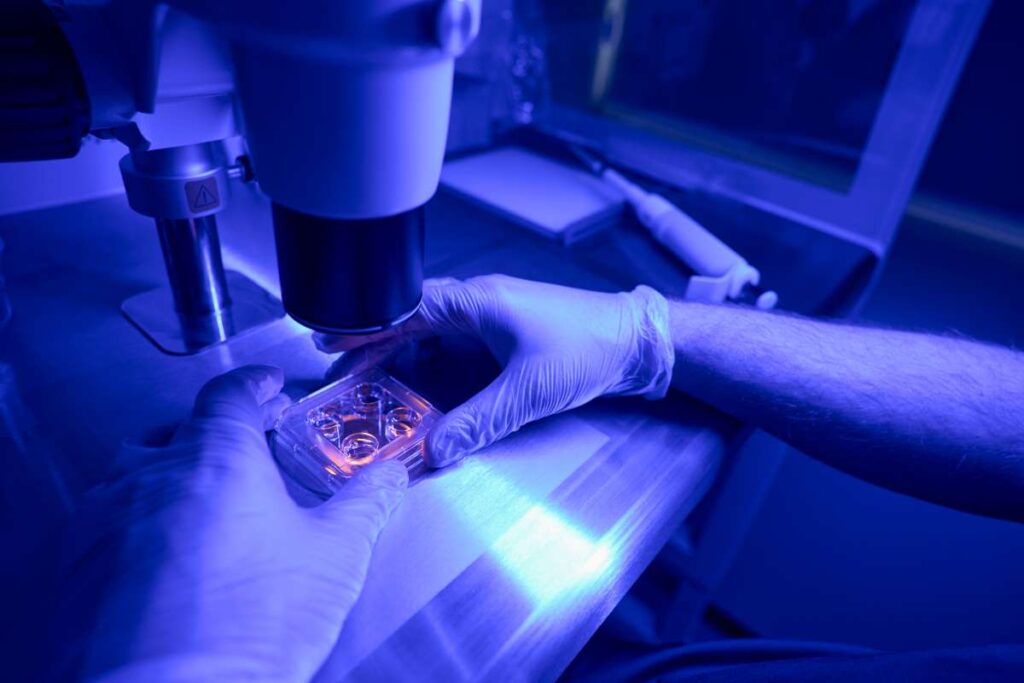CAR-T cell therapy, involving T cells engineered with chimeric antigen receptors, has revolutionized the treatment of certain hematologic malignancies, especially those related to refractory B cells. Research is progressing rapidly, with many other promising targets under investigation. These genetically modified T cells represent a significant advancement in cancer immunotherapy, offering hope for patients who have exhausted other treatment options. However, the journey to perfect this technology is just beginning.
How CAR-T Cell Therapy Works
The foundation of CAR-T cell therapy lies in the genetic modification of a patient’s T cells to express chimeric antigen receptors (CARs). These CARs are synthetic proteins that combine antigen-binding domains, usually derived from antibodies, with intracellular signaling domains that activate T cells. Once reinfused into the patient, these CAR-T cells can recognize and specifically destroy cancer cells.
The genetic engineering of CAR-T cells is a highly specialized and innovative process involving several steps:
- Collection: General leukocytes, which include T cells, are collected from the patient’s blood through a procedure called leukapheresis.
- Isolation: In the lab, T cells are isolated and purified from the general leukocytes.
- Modification: T cells are then genetically modified to express chimeric antigen receptors (CARs) that recognize specific antigens on cancer cells. This is done by exposing the T cells to a viral vector, often a lentivirus or retrovirus, carrying the gene encoding the CAR.
- Expansion: The genetically modified T cells are cultured to multiply, generating millions of CAR-T cells.
- Infusion: These expanded CAR-T cells are reinfused into the patient.
- Attack: In the patient’s body, CAR-T cells circulate through the bloodstream, identify cancer cells by the specific antigen the CAR is designed to recognize, and trigger an immune response that destroys the cancer cells.
This treatment represents a personalized and precise approach to combating cancer, utilizing the patient’s own biology reprogrammed to directly attack malignant cells.
Success and Current Challenges
The initial success of CAR-T cell therapy in treating refractory B-cell malignancies, such as leukemias and lymphomas, is remarkable. Research is currently focused on extending this approach to various solid tumors. Patients who did not respond to other treatments have experienced lasting remissions, highlighting the transformative potential of this approach.
However, the efficacy and safety of this therapy still face significant challenges, particularly when applied to solid tumors.
Recent advances in the genetic engineering of CAR-T cells for treating solid tumors focus on overcoming the unique challenges posed by these cancers. Key progress includes:
- Identifying New Targets: To be effective against solid tumors, CAR-T cells need to target specific antigens present on tumor cells but not on healthy cells. Researchers are working on discovering new molecular targets specific to solid tumors, such as mesothelin and GD2.
- Improving Tumor Penetration: Solid tumors are harder to reach than blood cancers due to the physical barrier of tumor tissue and the immunosuppressive microenvironment. New strategies are being developed to enhance CAR-T cell infiltration and survival in the tumor environment, including genetic modifications that increase the motility and resilience of CAR-T cells.
- Modulating the Tumor Microenvironment: The microenvironment of solid tumors often suppresses immune function. Researchers are genetically altering CAR-T cells to secrete cytokines and other agents that modulate the microenvironment, making it more favorable for T cell activity. Additionally, CAR-T cells are being engineered to express chemokine receptors that improve their ability to migrate to the tumor.
- Targeting Multiple Antigens: Second-generation CAR-T cells are designed to recognize multiple antigens, reducing the chance of tumor escape, where some cancer cells lose the target antigen to avoid CAR-T attack. This approach increases the precision and efficacy of the treatment.
- Safety and Control: To minimize side effects and enhance safety, new techniques have been developed to control CAR-T cell activity after infusion. This includes the introduction of genetic “safety switches” that allow for the elimination of CAR-T cells in case of severe adverse reactions.
- Combination Therapies: Another promising approach is combining CAR-T cell therapy with other treatments, such as immune checkpoint inhibitors, chemotherapy, or radiation therapy. These combinations can help overcome tumor resistance and improve overall treatment efficacy.
These advancements are making CAR-T cell therapy a viable and increasingly effective option for treating solid tumors, offering new hope for patients with cancers that traditionally have fewer effective treatment options.


